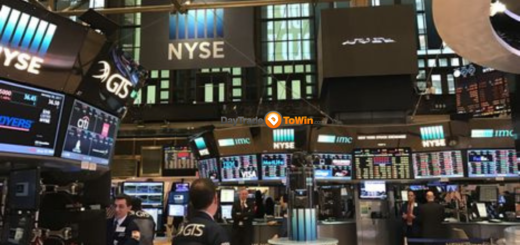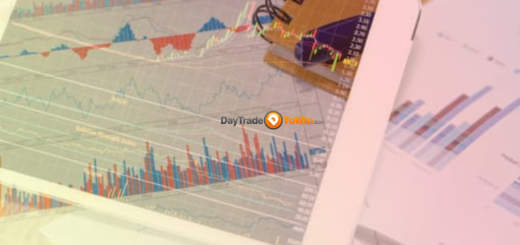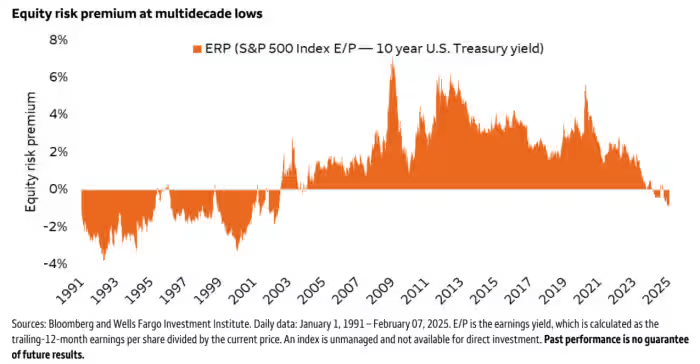S&P 500 Surge: A Faster Bull Cycle Ahead?
Morgan Stanley’s Andrew Slimmon: ‘It’s hard to see the market correcting before year-end.’
The S&P 500 has staged a comeback from last week’s decline, which briefly erased its post-election rally, keeping the index on track for a strong finish to 2024.
The November 5 election outcome may further fuel the bull market, with the S&P 500 positioned to gain over 20% for a second consecutive year, according to Andrew Slimmon, senior portfolio manager for U.S. equities at Morgan Stanley Investment Management. “This election might be pulling forward returns in the bull market as it enters its third year,” Slimmon said. Historically, bull markets last an average of 4.5 years, and he sees the current cycle continuing, with 2025 shaping up to be “a very good year for equities.”
On Tuesday, the S&P 500 rose 0.4%, adding to back-to-back gains after last week’s 2.1% drop, which followed a 4.7% election-driven rally. Year-to-date, the index is up approximately 24%, including a 3.7% November gain so far, according to FactSet data. It now sits just 1.4% below its all-time high reached earlier this month.

Slimmon pointed to legendary investor John Templeton’s market cycle framework: “Bull markets are born on pessimism, grow on skepticism, mature on optimism, and die on euphoria.” With economic growth exceeding expectations and optimism building after Donald Trump’s election victory, Slimmon believes the bull market is maturing, not nearing its end.
Investors have shifted from recession fears earlier in 2024 to a narrative of steady economic expansion as inflation eases toward the Federal Reserve’s 2% target. The Fed kicked off its first rate-cutting cycle since 2020 in September, further supporting equities.
Cyclical sectors like financials and industrials remain Slimmon’s focus, benefiting from robust economic conditions and pro-growth policies expected under Trump’s administration. However, some concerns linger about potential inflationary effects from proposed tariffs, including a 10% levy on all imports and a 60% tariff on Chinese goods. Slimmon anticipates these measures will likely be used as negotiation tools rather than implemented in ways that could derail the economy.
“Seasonally, this is a time when markets typically avoid significant pullbacks,” Slimmon said, reinforcing his view that the S&P 500 is unlikely to see a correction before the end of the year.




